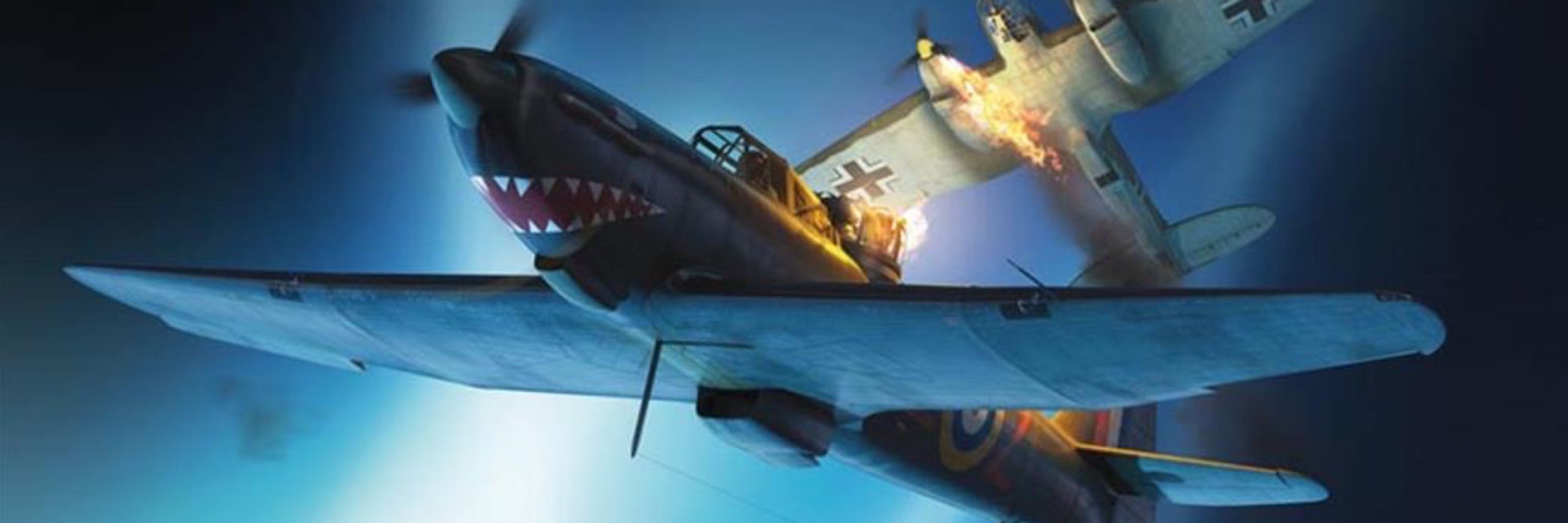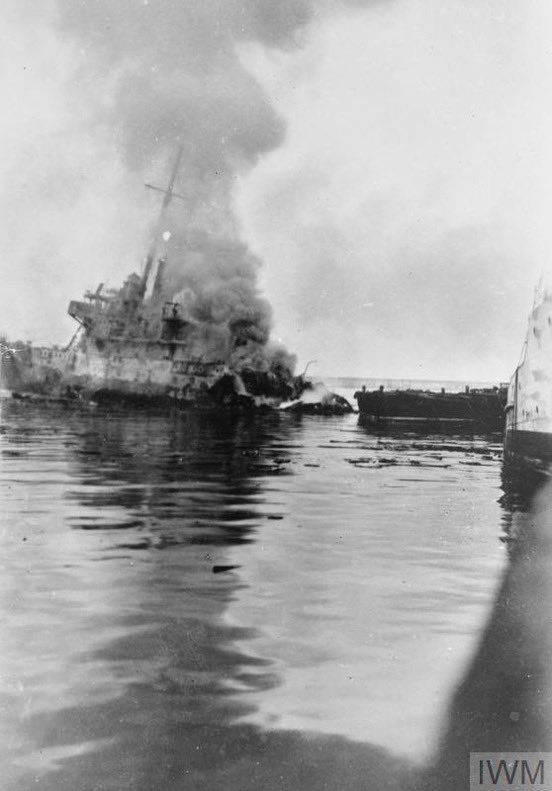
📷 aeropedia.com.au
🧵8/8
#NavalHistory

📷 aeropedia.com.au
🧵8/8
#NavalHistory
📷 Destination’s Journey
🧵7/8

📷 Destination’s Journey
🧵7/8
📷 Bundesarchiv Bild 101II-MN-1517-09
🧵6/8

📷 Bundesarchiv Bild 101II-MN-1517-09
🧵6/8
📷 Bundesarchiv Bild 101II-MN-1533-07
🧵5/8

📷 Bundesarchiv Bild 101II-MN-1533-07
🧵5/8
📷 Bundesarchiv Bild 101II-MW-6081-11
🧵4/8

📷 Bundesarchiv Bild 101II-MW-6081-11
🧵4/8
📷 AWM 042676
🧵3/8

📷 AWM 042676
🧵3/8
📷 Destination’s Journey
🧵2/8


📷 Destination’s Journey
🧵2/8
📷 Revell
🧵1/8

📷 Revell
🧵1/8
📷 IWM HU 71709

📷 IWM HU 71709
📷 IWM HU 81251

📷 IWM HU 81251
📷 IWM ATP 11818B
🧵8/9

📷 IWM ATP 11818B
🧵8/9
📷 IWM CNA 4201
🧵7/9

📷 IWM CNA 4201
🧵7/9
📷 IWM CNA 125
🧵6/9

📷 IWM CNA 125
🧵6/9
📷 IWM MH 5337
🧵5/9

📷 IWM MH 5337
🧵5/9
📷 IWM CH 18213
🧵4/9

📷 IWM CH 18213
🧵4/9
📷 IWM E(MOS) 1315
🧵3/9

📷 IWM E(MOS) 1315
🧵3/9
📷 IWM ATP 10884C
🧵2/9

📷 IWM ATP 10884C
🧵2/9
📷 Destination’s Journey
🧵1/9

📷 Destination’s Journey
🧵1/9
Lego Group: Hey, how about we release a TNG Enterprise set with minifigs of the crew?
Me: Damn you, Lego Group. damn you to HELL!

Lego Group: Hey, how about we release a TNG Enterprise set with minifigs of the crew?
Me: Damn you, Lego Group. damn you to HELL!
📷 IWM A 14013
🧵8/11

📷 IWM A 14013
🧵8/11
📷 IWM A 13694
🧵6/11

📷 IWM A 13694
🧵6/11
📷 navalandmilitarymuseum.org
🧵2/11

📷 navalandmilitarymuseum.org
🧵2/11
📷 IWM A 5322
🧵1/11

📷 IWM A 5322
🧵1/11

📷 IWM CF 110
🧵10/10

📷 IWM CF 110
🧵10/10

